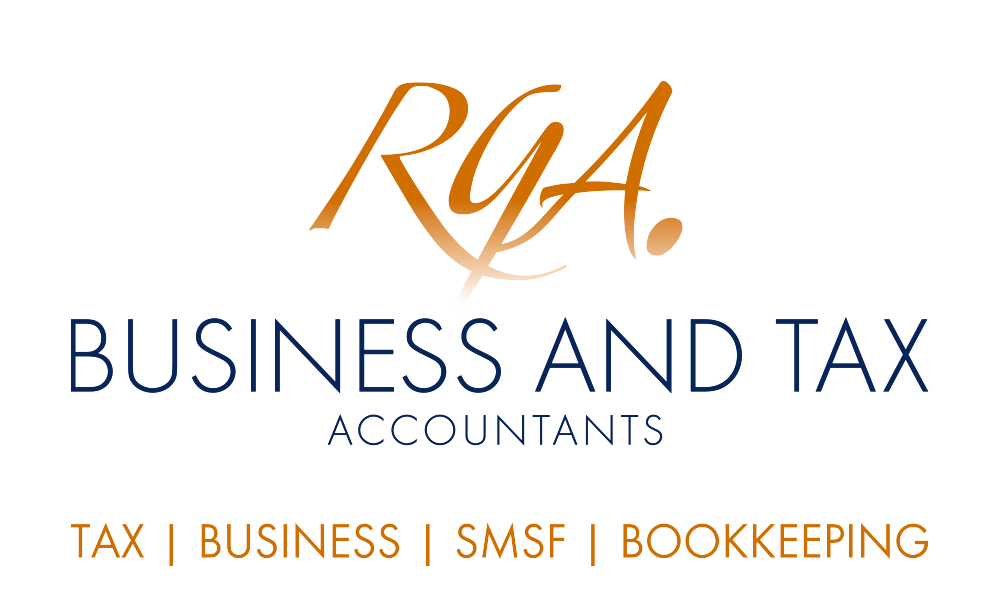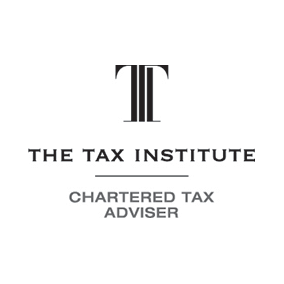The government's new opportunity for "downsizing" Australians to contribute some of the sale proceeds from their home into superannuation may appear to be a very attractive strategy for many individuals who wish to use equity in their home to boost their retirement savings. However, anyone considering this strategy should take into account the full range of consequences, including possible adverse implications for the individual's Age Pension entitlement.
In an effort to reduce pressure on housing affordability, the government wants to encourage older Australians to sell their home in order to improve housing stock. To achieve this, the government has introduced a new opportunity for older Australians to contribute some of the proceeds from the sale of their home into superannuation.
Under the new measure, which took effect in July 2018, individuals aged 65 years and over who sell their home may contribute capital proceeds from the sale of up to $300,000 per member as a "downsizer" superannuation contribution.
This means an eligible couple can potentially contribute up to $600,000 from the sale of their home. Downsizer contributions:
- do not count towards the member's non-concessional contributions cap;
- are not subject to the "work test" that usually applies to voluntary contributions by members aged 65 years and over; and
- may be made even if the member's total superannuation balance (TSB) exceeds $1.6 million.
However, downsizer contributions, once made, will increase the member's TSB. The usual limit on transferring benefits into the tax-free retirement phase also applies. This means that if you have already met your $1.6 million transfer balance cap, any downsizer contribution you make will need to stay in accumulation phase where the earnings will be subject to income tax of 15%.
To qualify for downsizer contributions, a member or their spouse must have owned their home for 10 years prior to the sale and the sale must qualify for the CGT main residence exemption, either partially or in full. Despite the name, "downsizer" contributions can be made even if the member does not purchase another replacement property.
Additionally, the member must make the downsizer contribution within 90 days of receiving the sale proceeds, and must complete a specific form and provide it to their superannuation fund when, or before, they make the contribution. Members should therefore plan their downsizer contribution carefully. The ATO says that downsizer contributions that are later identified as ineligible will be re-reported as personal contributions, which may result in the member exceeding their non-concessional contributions cap.
Could this affect my Age Pension entitlements?
Yes. Broadly, while the family home is not assessable for the purposes of determining Age Pension eligibility, superannuation savings are. This means that selling the family home and placing the proceeds into superannuation may result in either a complete loss of entitlement to the Age Pension or reduced pension entitlements.
Looking to downsize your home?
If you are thinking of selling your home and implementing a "downsizer" contribution, talk to us about whether you will qualify and whether you may require financial advice about this strategy. It is important that this contribution forms part of a long-term retirement plan that covers the relevant taxation, superannuation and Age Pension issues.










